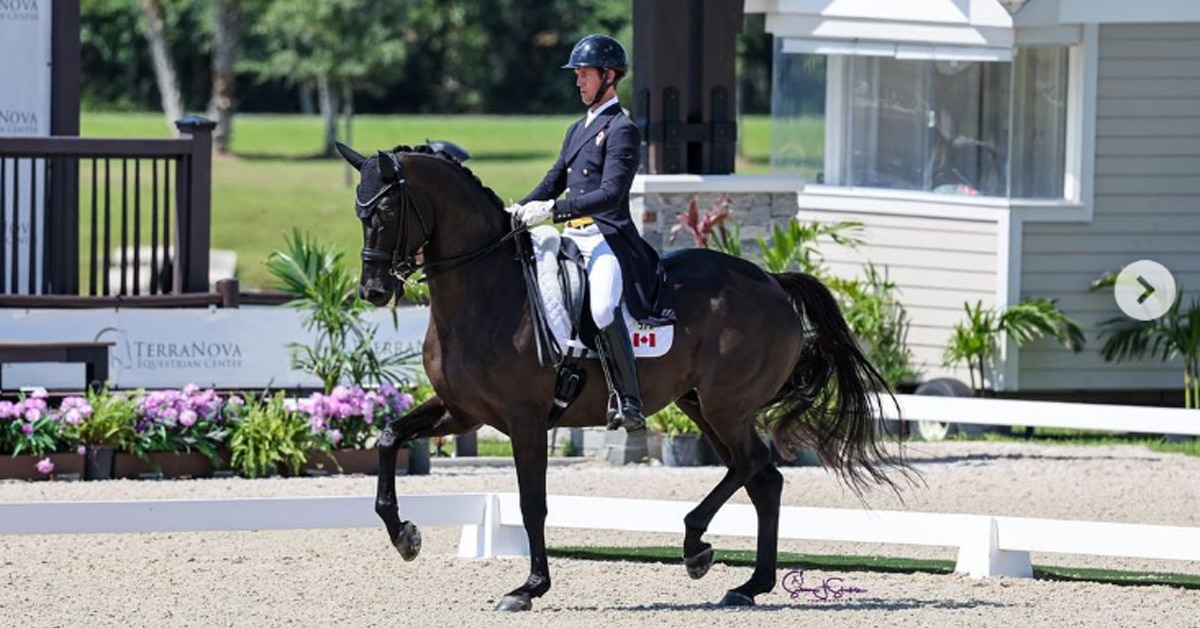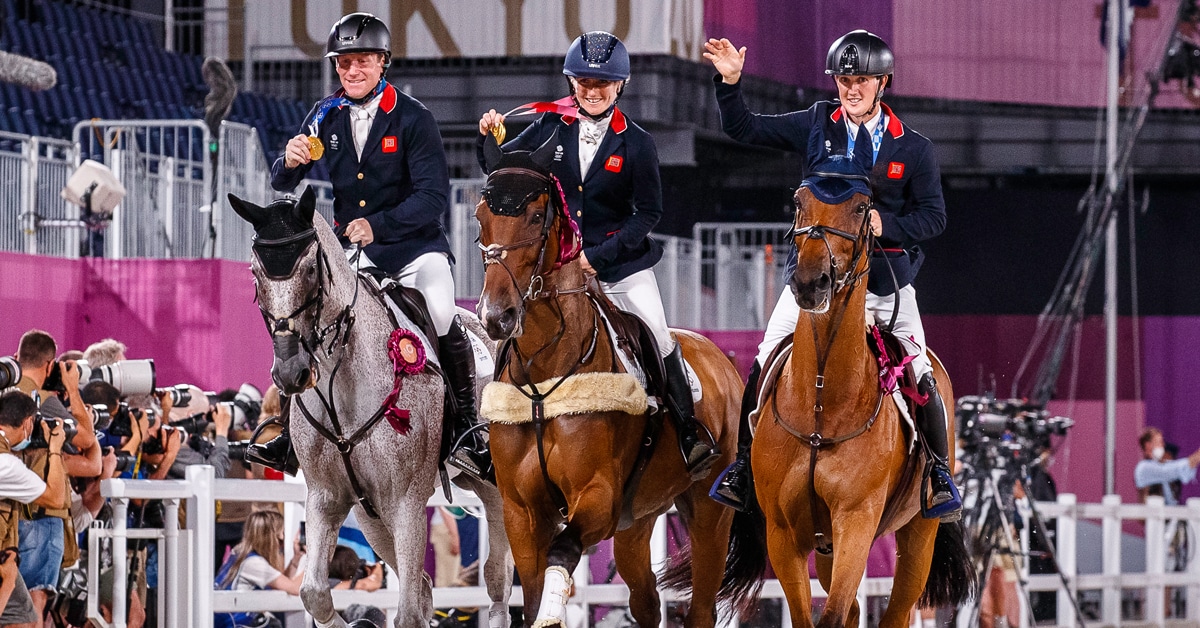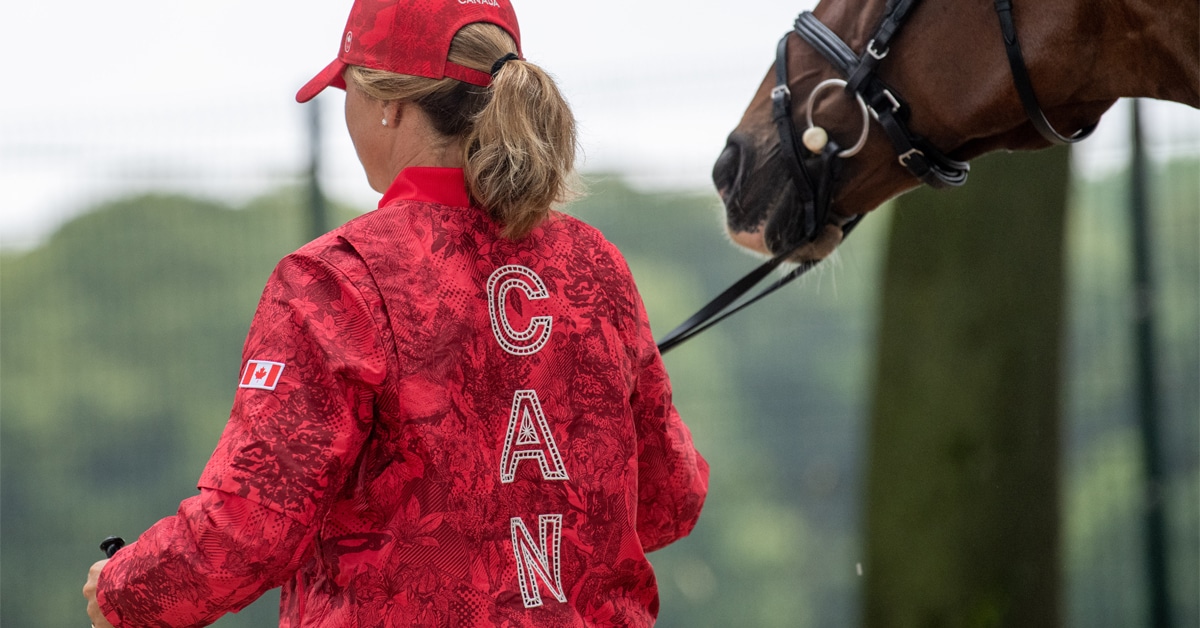Anyone privileged to watch live cross-country TV coverage from the “riders’ tent” at major events knows how often shouts of “stop that horse” go unheeded. But in future, reaction in the tent to “bad pictures” could directly influence decisions to stop struggling horses on course.
There are plans to station a judge in the competitor’s tent throughout cross-country day, enabling them to take additional soundings on horses in difficulty from the many knowledgeable stakeholders present.
FEI eventing rules already allow ground jury members to go where they like on cross-country day (excepting the president, who remains in the control box) and to co-opt additional advisors or “spotters”, but positioning one of them amidst the riders tent is untried till now.
The proposal comes as as eventing adapts to the growing challenges of Social Licence to Operate (SLO) and was described to a recent FEI online seminar by GB and former German team eventing coach Chris Bartle and experienced 5* judge Nick Burton. Bartle said: “In the same way as the ground jury makes a subjective decision on the performance of the dressage, the ground jury has also got to make a subjective decision on the (cross-country) performance and whether its acceptable to the audience and, primarily fair to the horse.
“In the past maybe there has been a hesitation to make a decision, and allow a horse to continue for maybe too long for fear of making a mistake ‒ and in so doing, they do make a mistake!
“I’ve been at many major events with a lot of riders, coaches, owners etc in the tent where we can observe all the TV screens and its been clear that a lot will sometimes see a horse who is tired and be shouting at the screen, ‘stop this horse’.”
“Clearly I understand there is a very small minority of events where there is such an opportunity, but you get a very good feedback from that.”
Burton emphasised that prompt communication would be key to the initiative’s success.
“The athletes’ tent is a new concept but one that could work very well,” he said. “A lot of knowledge is in there and if those people are expressing concerns, that could be communicated to the ground jury in control.
“The biggest challenge has been that communications can take too long, and the horse has then continued for too long or even finished. Usually the fence judges tell us first before we can see it on the screen. It just takes too long to get that chain to work ‒ the [designated] stopping points become irrelevant.
“Perhaps we now are more open to change as to where ground jury are positioned and to how we react in certain situations, and not afraid to stop a horse that is not looking totally exhausted but is looking as if its struggling. That picture is no longer acceptable.”
Bartle also hoped that riders would begin to learn that best efforts to “nurse” home a tired horse can be perceived differently by the public.
Changes not only to traditional practices but choice of language were discussed during the same seminar by Pierre Le Goupil, designer of the Paris 2024 cross-country course, and his compatriot Laurent Bousquet, a member of the FEI eventing risk management group. Bousquet said: “This is no longer a sport where the word ‘survival’ may be used. Technical, spectacular ‒ love it; survival ‒ not any more.”
FEI eventing committee chair David O’Connor told HorseSport.com, “There is a provision in the rules that allows the president of the ground jury to add additional experts in the information gathering on cross-country to report on possible dangerous riding or tired horse issues (Art 525.1.)
“We have also strongly advised ground juries to split up the responsibilities so someone is outside on the grounds, at previously decided areas, on the cross-country where the information gathered would be the most useful to the ground jury as a whole. It is also suggested that more than one advisor would be picked and they would be stationed in key areas in pairs. This has been proved to be very successful when implemented. We are pushing that this arrangement be used.”
O’Connor has spoken about SLO at several conferences in North America over the winter, as well as during this online seminar during which he pointed out eventing’s long engagement with public perception and what we now call SLO. It dates back to the Hartington report 24 years ago that followed a series of rider and horse fatalities, leading to extensive work into risk management and the reduction of rotational falls.
“We’ve been there ‒ and we continue to be there,” said O’Connor. “It is now extending to other parts of the world, to remember that social licence is for the public to accept your endeavour. There is a co-belief that horses are good for humans, as long as human are good for horses.”
More from News:





